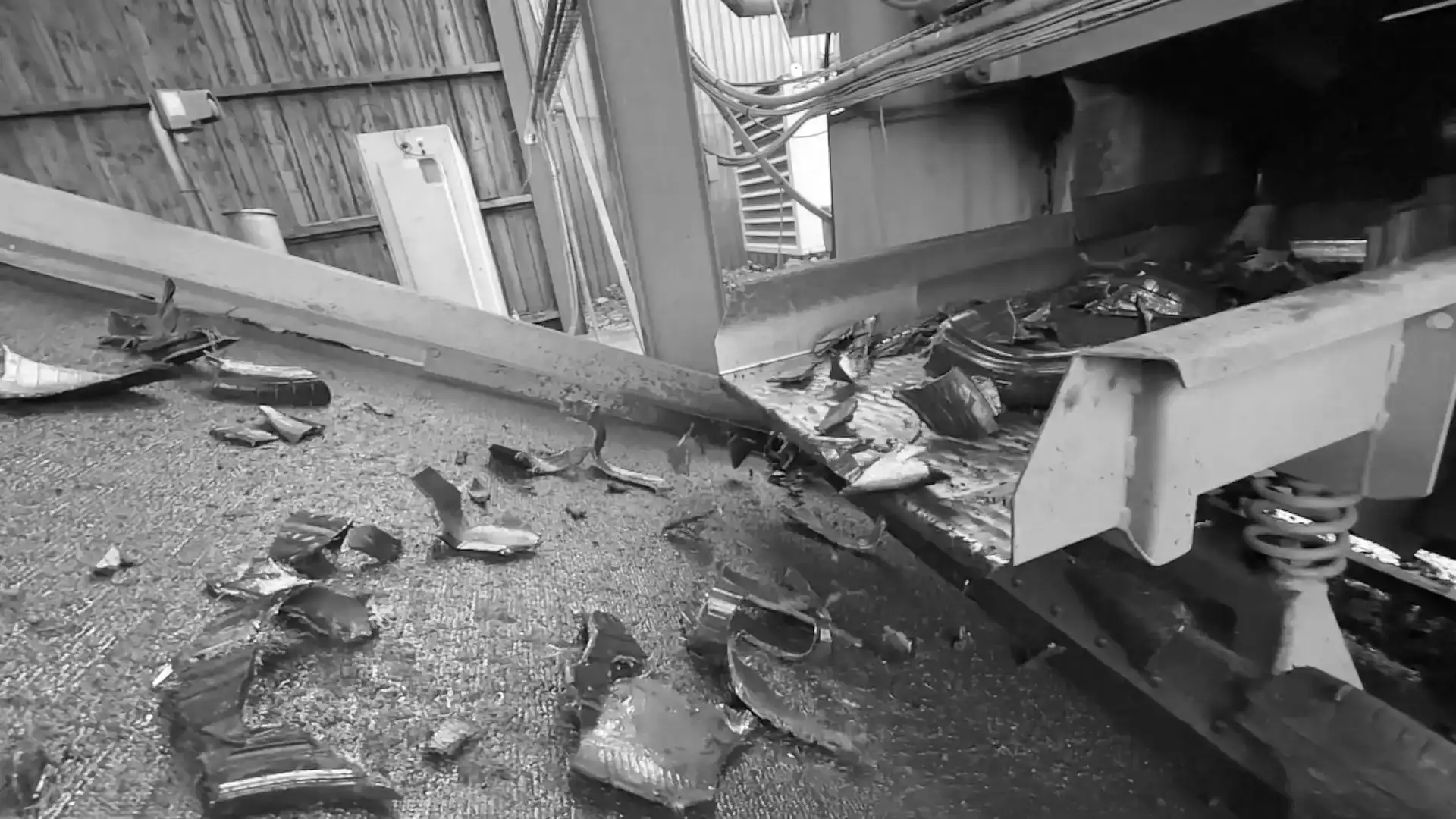Innovations in tyre recycling technology are paving the way for a sustainable future, transforming discarded rubber into renewable resources. As the world grapples with escalating environmental concerns, the spotlight on sustainable waste management practices intensifies, driving the tire recycling industry to explore groundbreaking solutions that mitigate ecological impact while fostering resource recovery.
Traditional tyre recycling methods, such as shredding and grinding, have long been the backbone of the industry, yielding valuable materials like rubber, steel, and carbon black. However, the evolution of technology has ushered in a new era of tyre recycling, characterized by efficiency, scalability, and environmental consciousness.
One of the most promising innovations in tyre recycling is pyrolysis, a process that uses high temperatures in the absence of oxygen to break down tyres into their constituent components. This thermal decomposition yields pyrolysis oil, carbon black, and steel wire. Pyrolysis oil, a liquid fuel with properties similar to diesel, can be used for heat and power generation or refined into higher-value products like transportation fuels. Carbon black, a fine powder rich in carbon, finds applications in rubber manufacturing, ink production, and beyond. Meanwhile, the steel wire extracted from tyres can be recycled for use in various industries, further enhancing resource efficiency.
Advancements in devulcanisation technology offer a promising avenue for tyre recycling. Devulcanisation is a process that reverses the vulcanisation process, breaking the cross-links in rubber molecules to restore their elasticity and functionality. This enables the production of high-quality, reusable rubber compounds from recycled tyres, reducing the demand for virgin rubber and minimizing waste.
In addition to mechanical and chemical innovations, digital technologies are revolutionizing tyre recycling operations. Artificial intelligence and machine learning algorithms optimize sorting processes, enhancing the efficiency and accuracy of material recovery. Robotics automate tedious tasks like dismantling and shredding, improving throughput and reducing labor costs. Moreover, blockchain technology enables transparent tracking and tracing of recycled materials throughout the supply chain, enhancing accountability and trust.
The convergence of these innovations signals a paradigm shift in tyre recycling, from a linear, waste-centric model to a circular, resource-efficient approach. By harnessing the power of technology, the tyre recycling industry is not only reducing environmental pollution and conserving natural resources but also catalyzing the transition to a renewable, sustainable economy. From rubber to renewables, the future of tyre recycling is bright, promising a greener, more resilient world for generations to come.








